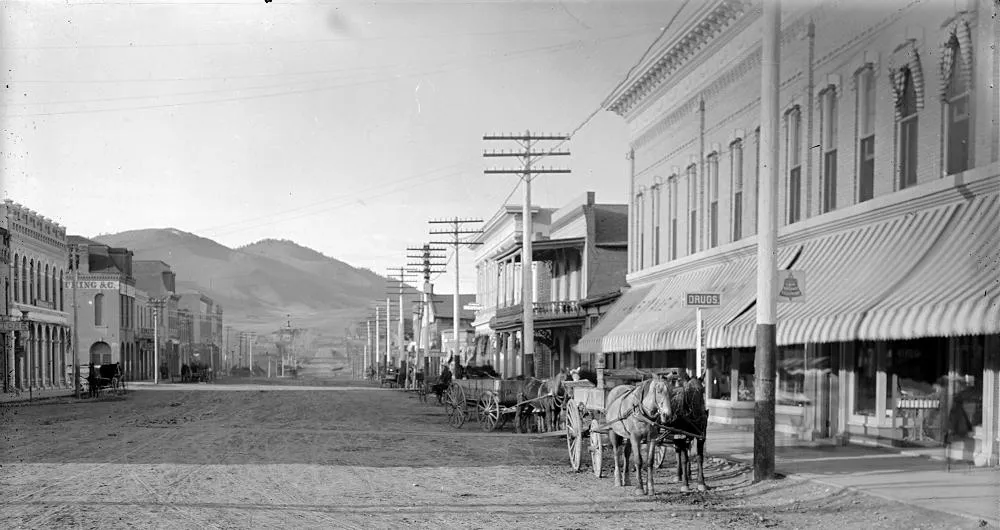109 Years Ago
Nationwide prohibition went into effect in January 1920, but several states, including Colorado, went dry on January 1, 1916. The December 30, 1915 issue of the Colorado Transcript mused over the details of how prohibition would be enforced.
One article said that residents of six states–Colorado, Iowa, Washington, Oregon, Idaho, and Arkansas–were all hastening to stock up on liquor before the January 1st deadline.
A second article explained how medicinal liquor would be handled. Physicians would be required to obtain prescription forms from the state. The forms would be numbered and each doctor would have a serial number. Each prescription must include the full name of the doctor, the true name and address of the patient and the ailment for which the liquor was being prescribed. A prescription was limited to four ounces and was only valid for 48 hours.

Pharmacists had to apply for a license to sell prescription liquor, and could carry no more than 1% of their stock in liquor.
City Council was under pressure from the Anti-Saloon League to shame drinkers. Under a proposed ordinance, people caught drinking alcohol would have their names announced during City Council meetings. Their names would also be posted “in some prominent place” and become a permanent part of the municipal records. To maximize notoriety, they also considered requiring that photos be posted.









